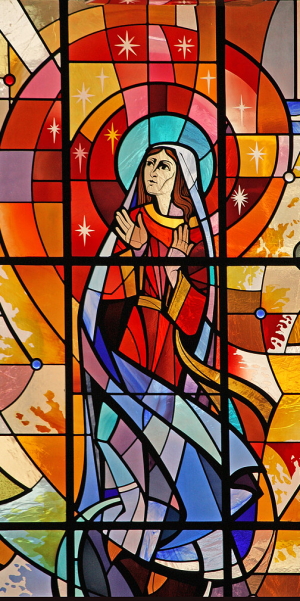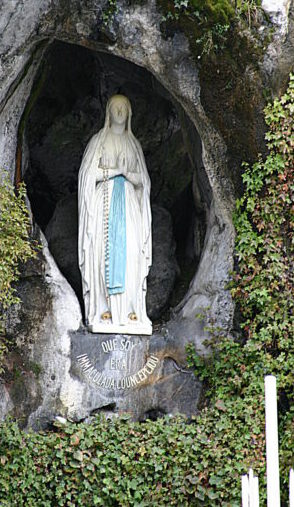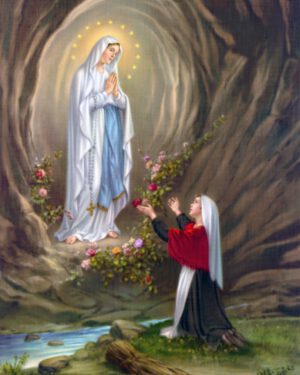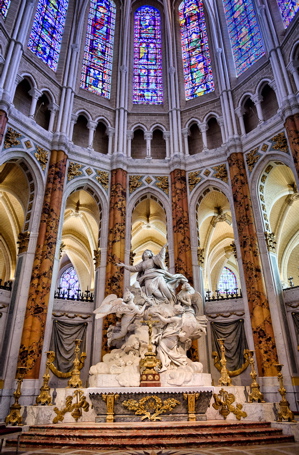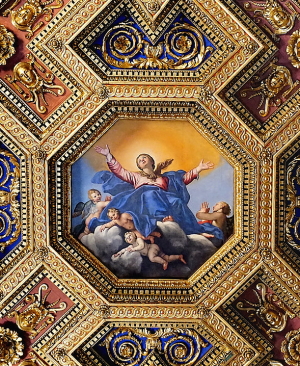
Domenichino’s ‘Assumption of the Virgin’, in Basilica Santa Maria, Trastevere, Rome. Photo by Slices of Light, courtesy of Flickr
TUESDAY, AUGUST 15: It’s been more than 70 years since Pope Pius XII defined the Assumption of Mary to be an infallible dogma of faith, and today, Catholics are part of the observance that both branches of Christianity—West and East—acknowledge, in an event that is known as the Assumption of the Blessed Virgin Mary / the Dormition of the Theotokos. Two names for the same event, both the Assumption and the Dormition proclaim that Mary, the mother of Jesus, was assumed into heaven in body and soul.
NOTE: Eastern Orthodox Christians began preparing for this day on August 1, with the start of the two-week Dormition Fast.
MARY THROUGH THE MILLENNIA
While no evidence of Mary’s Assumption exists in scripture, the belief has been engrained in both branches of Christianity for centuries. The church points to passages in Revelations, Genesis and Corinthians, to mention of a woman “caught between good and evil” and to those “fallen asleep” after Christ’s resurrection. Theologians and Christians have pointed out that a woman so close to Jesus during his earthly life would have naturally been assumed into Heaven, to be with him there.
Apocryphal accounts of the Assumption of Mary into heaven have circulated since the 4th century, and teachings of the Assumption have been widespread since the 5th century. Though most Catholic Christians had held belief in the Assumption for centuries, it wasn’t until November 1, 1950 that Pope Pius XII defined the Assumption of Mary to be an infallible dogma of faith.
EAST AND WEST: THE DORMITION VS. THE ASSUMPTION
In the East: Eastern Christians believe that the Virgin Mary died a natural death, and that her soul was received by Christ upon death. Three days following, Mary’s body was resurrected, and she was taken up into heaven, bodily.
In the West: The Catholic Church teaches as dogma that the Virgin Mary, “having completed the course of her earthly life, was assumed body and soul into heavenly glory.” Within Protestantism, views often differ.
A HEAVENLY BIRTHDAY
To many Christians, Eastern and Western, the Assumption is also the Virgin Mary’s heavenly birthday. Mary’s acceptance into the glory of Heaven is viewed as the symbol of Christ’s promise that all devoted Christians will be received into Heaven, too. The feast of the Assumption is a public holiday in many countries, from Austria, Belgium, France and Germany to Italy, Romania and Spain. The day doubles as Mother’s Day in Costa Rica and parts of Belgium.
No details specify the day or year of Mary’s Assumption, though it is believed that when Mary died, the Apostles flocked to her bedside. At the moment of her death, Jesus Christ descended, and carried her soul to Heaven.


